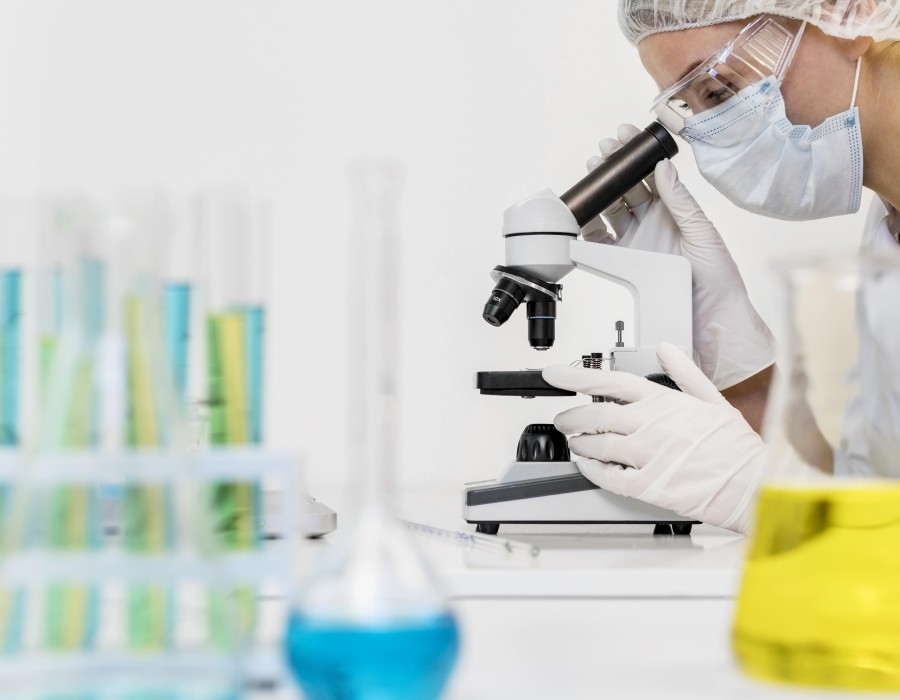The landscape of drug development is constantly evolving, driven by advancements in technology, personalized medicine, and a heightened focus on patient safety. In this dynamic environment, pharmacovigilance, the science of protecting patients from drug-related harm, takes center stage. Its future trajectory will not only impact drug safety but also profoundly influence the very fabric of clinical research, clinical data management, regulatory affairs, and even medical coding. Here's how:
1. Real-world evidence takes the lead: Traditional clinical trials, while crucial, often have limited scope and fail to capture the full picture of drug safety in diverse real-world settings. The future lies in integrating real-world data (RWD) from electronic health records, wearable devices, and patient registries into pharmacovigilance. Advanced analytics will unlock insights into rare adverse events, long-term safety profiles, and drug interactions in specific patient populations. This RWD-driven approach will inform responsible drug development by tailoring interventions to patient needs and proactively mitigating potential risks.
2. Artificial intelligence revolutionizes data mining: The sheer volume of data generated in the healthcare ecosystem can overwhelm traditional pharmacovigilance methods. Artificial intelligence (AI) steps in as a game-changer, enabling rapid and accurate analysis of vast datasets. Machine learning algorithms can sift through mountains of clinical trial data, spontaneous adverse event reports, and social media chatter to detect safety signals and predict potential risks before they materialize. This AI-powered vigilance will empower proactive risk management and inform clinical trial design, leading to safer and more effective drugs.
3. Patient-centricity becomes the gold standard: The future of pharmacovigilance is not just about data; it's about people. Patients will no longer be passive recipients of care but active participants in their safety monitoring. Patient portals and mobile apps will facilitate direct reporting of adverse events, empowering them to contribute valuable real-world data. Additionally, patient-reported outcome measures (PROMs) will become integral to drug development and safety assessments, ensuring treatments address patients' concerns and improve their quality of life.
4. Streamlined regulatory landscape: The current regulatory framework for pharmacovigilance is often fragmented and complex. The future demands a more streamlined and harmonized approach across different regions. Collaboration between regulatory bodies and pharmaceutical industry will be key to developing standardized reporting procedures, data exchange protocols, and risk assessment methodologies. This will expedite drug development while ensuring consistent and robust safety monitoring across the globe.
5. Medical coding evolves for precision medicine: The intricate relationship between medical coding course and pharmacovigilance will be further amplified in the future. The adoption of granular and standardized medical codes will enable precise identification and tracking of adverse events, leading to more targeted interventions and improved safety outcomes. Additionally, personalized medicine will necessitate the development of patient-specific coding systems to capture the nuances of individual drug responses and optimize treatment regimens.
In conclusion
the future of pharmacovigilance is not merely about ensuring drug safety; it's about shaping a responsible and patient-centric drug development ecosystem. By embracing RWD, AI, and a data-driven approach, pharmacovigilance will not only safeguard patients but also guide the development of safer and more effective treatments for generations to come. This transformation will require collaboration, innovation, and a commitment to ethical practices, paving the way for a healthier and more sustainable future for all.





Comments